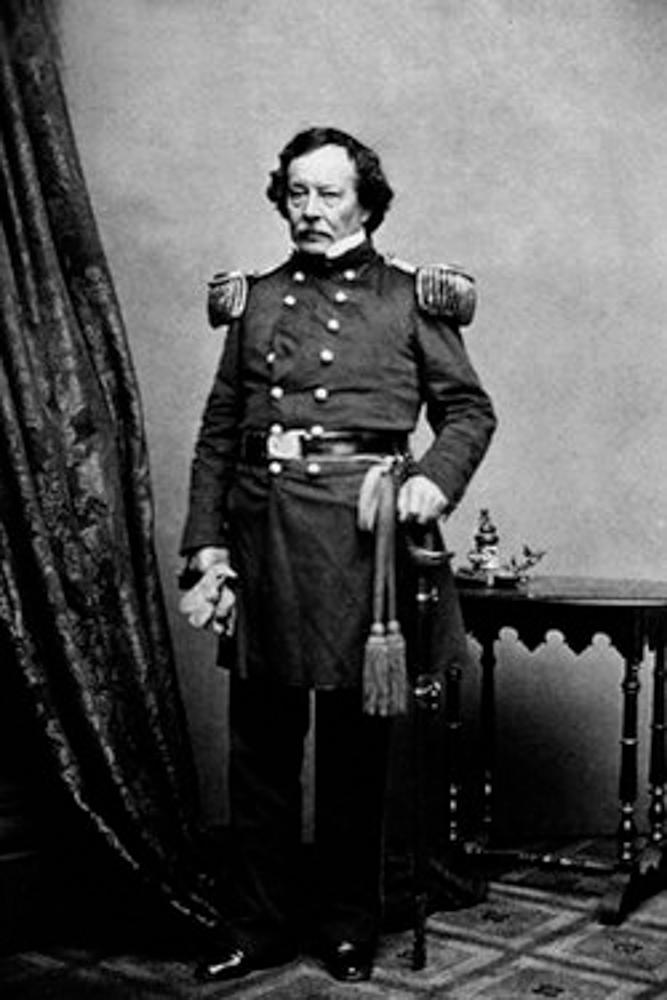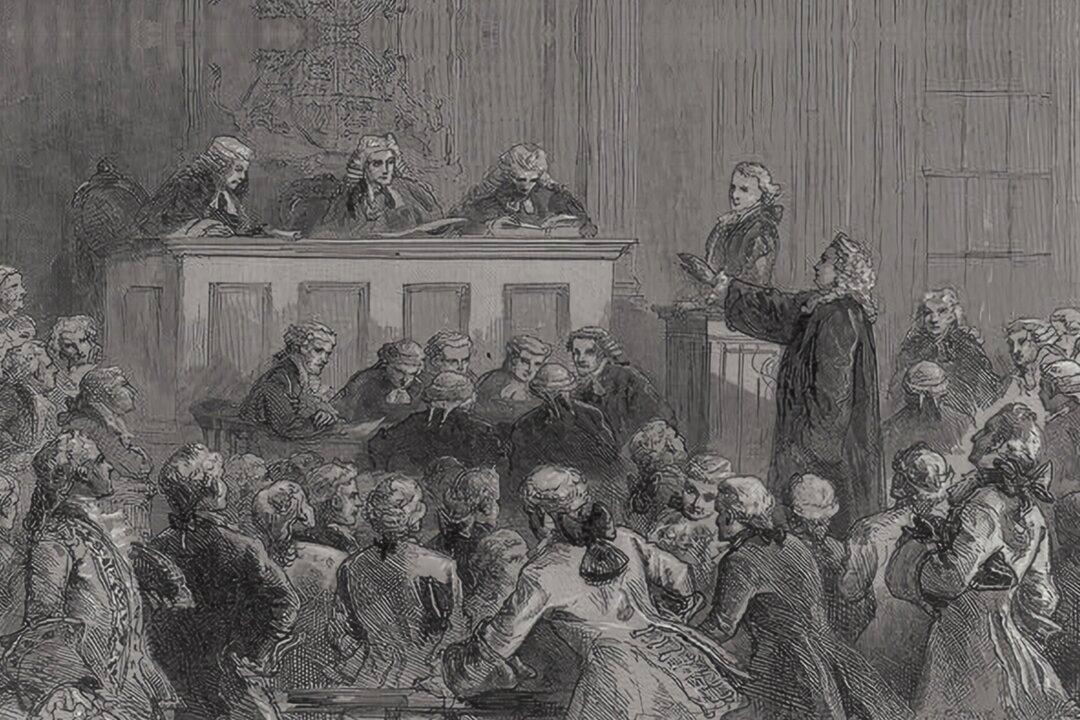Benjamin Bonneville was born in France, the godson of none other than Thomas Paine, who called the boy “Bebia.” Paine had lived with the Bonnevilles in France during much of the 1790s, so when that family fell under the persecution of a rising Napoleon, Paine invited them to live with him in the United States. This famous revolutionary thus paid for young Bonneville’s passage to America when the boy was only 7. Upon Paine’s death, he left most of his New York estate to the boy’s mother, Marguerite, who had served as Paine’s nurse during his final years. In this way, Bonneville grew up as an American.

Benjamin Louis Eulalie de Bonneville, ca.1861. PD-US





